Soorasamharam is one of the most revered events connected to Lord Murugan, the son of Lord Shiva and Goddess Parvati. This monumental event, celebrated with fervor and devotion, commemorates Murugan’s epic battle against the demon Surapadman, a symbol of darkness, ego, and all that is harmful. Through the spectacle of Soorasamharam, devotees not only witness a heroic tale of good triumphing over evil but also gain insight into the virtues of courage, discipline, and devotion. But what is the deeper story behind Soorasamharam, and why does it resonate so profoundly within Hindu culture?
The Origins of Soorasamharam
Soorasamharam, literally meaning the “slaying of Surapadman,” finds its roots in ancient Hindu scriptures, particularly the Skanda Purana. The story begins with Surapadman, a powerful asura (demon) who, after intense penance, received a boon from Lord Shiva. But instead of using his newfound powers for good, Surapadman turned tyrannical. His ego grew boundless, leading him to conquer the heavens and disrupt the natural balance between good and evil. This imbalance made it impossible for peace to prevail in the world, and the gods were left with no choice but to seek divine intervention.
Realizing the dire situation, the gods prayed to Lord Shiva for salvation. In response, Shiva created his son, Murugan, a manifestation of pure valor, strength, and wisdom, to end Surapadman’s reign of terror. The legend of Soorasamharam thus began, marking Murugan’s descent to earth to fulfill his destiny as the vanquisher of evil.
The Symbolism of Soorasamharam
Murugan’s battle with Surapadman is often seen as symbolic of the eternal struggle between light and darkness, good and evil. Murugan represents not only physical strength but also inner spiritual discipline. In Hindu philosophy, Surapadman can be viewed as a representation of ego, ignorance, and material desires that cloud one’s vision, preventing spiritual growth. By “destroying” Surapadman, Murugan signifies the elimination of these negative qualities, making way for inner purity, devotion, and enlightenment.
Soorasamharam thus holds a special place in the lives of devotees. Celebrated annually as part of the Skanda Shashti festival, this event encourages participants to reflect on their inner struggles and strive toward self-improvement. Just as Murugan vanquished Surapadman, devotees are inspired to conquer their personal demons and cultivate virtues like humility, kindness, and discipline.
Celebrating Soorasamharam: An Immersive Festival Experience
The celebration of Soorasamharam spans six days, known as Skanda Shashti, with each day representing different stages of Murugan’s preparation and battle against Surapadman. This six-day festival is celebrated with great enthusiasm, particularly in Tamil Nadu and among Tamil communities worldwide. Key temples dedicated to Murugan, such as the Arulmigu Subramaniya Swamy Temple in Tiruchendur, become the focal point of these grand events, drawing thousands of devotees.
The rituals performed during Skanda Shashti reflect the narrative of Murugan’s journey and battles. Devotees often fast, meditate, and recite prayers to align themselves with Murugan’s divine energy. The culmination of these six days is Soorasamharam itself, where an elaborate re-enactment of Murugan’s battle takes place. This dramatic performance, often featuring priests and local actors, vividly portrays the intense battle scenes and the eventual destruction of Surapadman, instilling a sense of divine triumph among onlookers.
The Dramatic Re-enactment of Soorasamharam
The re-enactment of Soorasamharam is more than just a play; it is a sacred ritual. Dressed in traditional attire, actors bring the story to life, vividly portraying Murugan’s battle prowess. Armed with his divine weapon, the Vel (spear), Murugan confronts Surapadman in a spectacular showdown. As the story goes, despite the demon’s ability to transform into various forms, Murugan ultimately defeats him by splitting him into two halves. These halves, blessed by Murugan, transform into the peacock and the rooster, both of which become his sacred vehicles and symbols.
This dramatic re-enactment captivates devotees, who view it as a live manifestation of Murugan’s power. The spectacle is often accompanied by drumbeats, chants, and firecrackers, creating an atmosphere that is both intense and devotional. For many, witnessing this event is an emotional experience—a reminder of the power of faith and the triumph of virtue over vice.
The Spiritual Lessons of Soorasamharam
The story of Soorasamharam carries profound spiritual lessons. Murugan’s victory over Surapadman represents the potential within every individual to overcome their inner obstacles. For the devout, Murugan is not merely a deity; he is a guide, teaching them to cultivate inner strength and face life’s challenges with courage.
- Conquering Ego and Pride: Surapadman’s downfall stemmed from his ego, a reminder of how unchecked pride can lead to one’s ruin. Murugan’s victory over him serves as a reminder to devotees about the importance of humility and self-awareness.
- Seeking Guidance and Protection: Murugan’s mission is not just a battle; it’s a form of divine intervention. This highlights the Hindu belief in seeking divine guidance in times of adversity and finding solace in surrendering one’s burdens to a higher power.
- The Power of Faith and Devotion: Throughout Skanda Shashti, devotees engage in fasting, prayers, and temple visits to honor Murugan. Such rituals strengthen one’s faith, instilling resilience to face personal challenges.
- Transformation and Redemption: Despite Surapadman’s villainous actions, Murugan grants him redemption by transforming him into his own sacred symbols, the peacock and rooster. This act exemplifies the Hindu belief in the power of transformation and the possibility of redemption for all.
The Cultural Significance of Soorasamharam in Tamil Nadu
Soorasamharam holds deep cultural significance for Tamil people, not just as a religious observance but also as an expression of their identity. The celebration reinforces communal bonds, bringing people together in shared devotion, dance, music, and food. In temples across Tamil Nadu, from the bustling city of Chennai to the coastal town of Tiruchendur, families gather, friends meet, and communities unite to honor Murugan.
For Tamil Hindus, Soorasamharam is a reminder of their roots and heritage. It’s a time to celebrate Tamil culture and language, which places Murugan at the heart of its literary and cultural history. Songs, poems, and dance forms dedicated to Murugan are performed, showcasing Tamil Nadu’s rich artistic traditions. Thus, Soorasamharam is not just a religious festival; it’s a celebration of cultural pride.
Frequently Asked Questions about Soorasamharam
Q: Why is Soorasamharam celebrated over six days?
A: The six days of Skanda Shashti represent different stages of Murugan’s journey to defeat Surapadman, with each day holding specific significance. These days allow devotees to deeply immerse themselves in Murugan’s energy and reflect on the festival’s spiritual significance.
Q: What is the significance of the Vel (spear) in Soorasamharam?
A: The Vel, given to Murugan by his mother Parvati, symbolizes divine power and protection. It is Murugan’s weapon against evil and represents his role as a warrior deity who protects devotees from harm.
Q: Can people outside of Tamil Nadu participate in Soorasamharam?
A: Absolutely. While Soorasamharam is deeply rooted in Tamil culture, its spiritual message resonates universally. Murugan temples worldwide celebrate the festival, welcoming devotees from diverse backgrounds.
Soorasamharam as a Celebration of Victory and Virtue
Soorasamharam is a powerful reminder of the universal values of courage, discipline, and the importance of defeating inner demons. For the devout, it’s a festival that transcends mere ritual; it’s an opportunity to draw closer to Murugan, embody his virtues, and seek his guidance in overcoming life’s challenges. As the story of Soorasamharam continues to inspire generations, it reinforces the timeless truth that light will always prevail over darkness, and that with faith, courage, and divine grace, one can conquer even the most formidable obstacles.
So, the next time you witness the grand re-enactment of Soorasamharam, remember that it’s not just a story of gods and demons—it’s a reminder of the divine potential within us all to face our battles, guided by the spirit of Murugan himself.

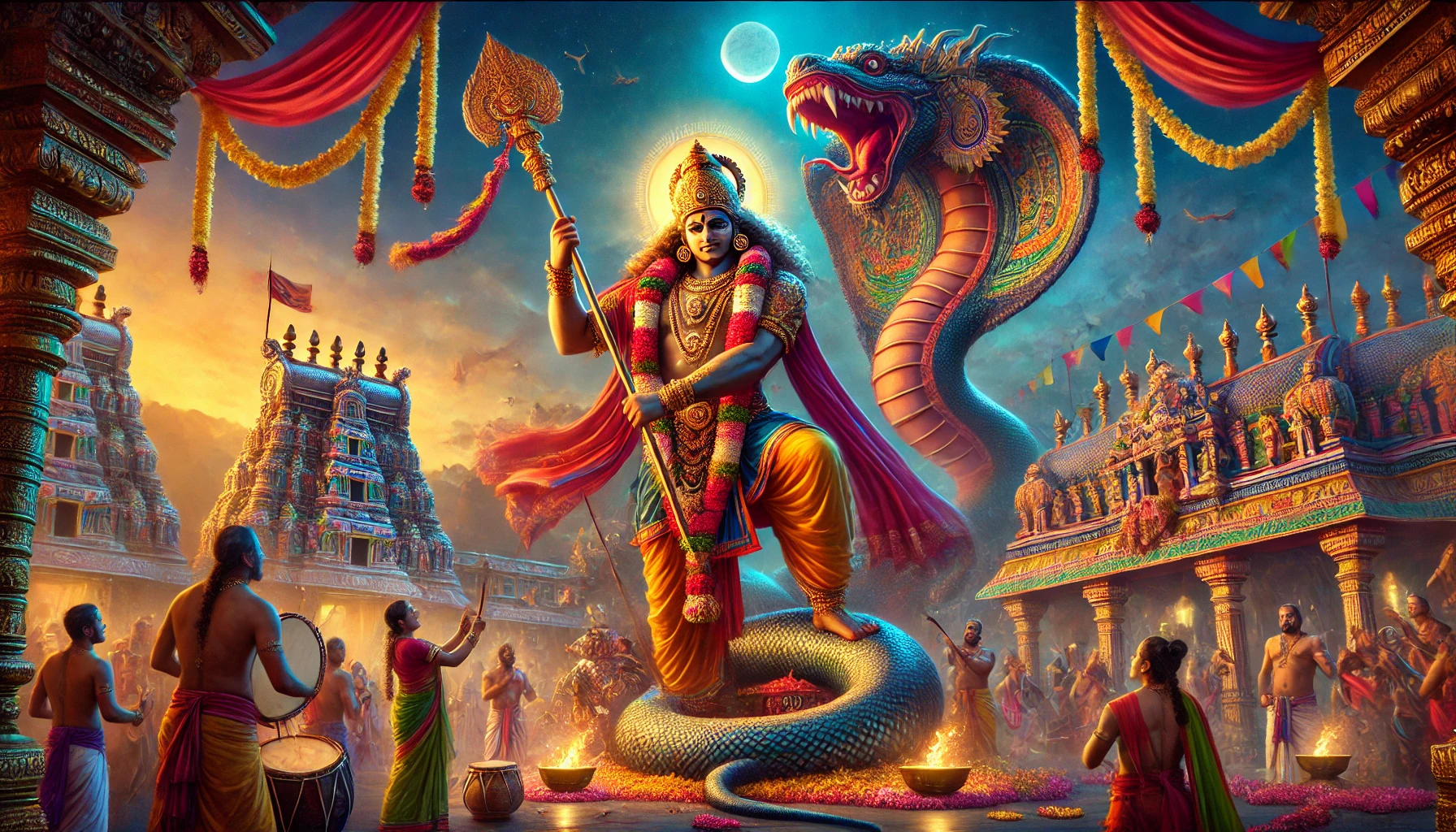
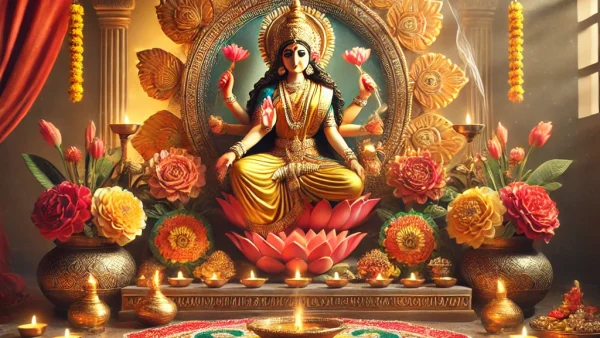
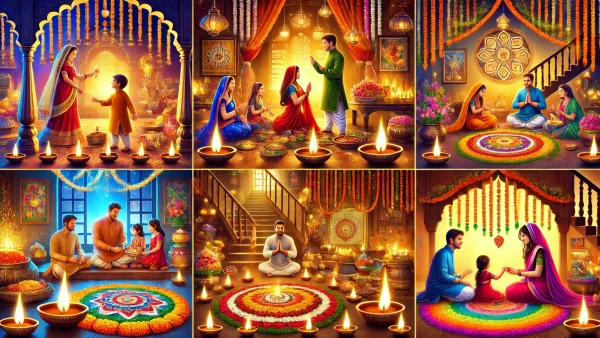
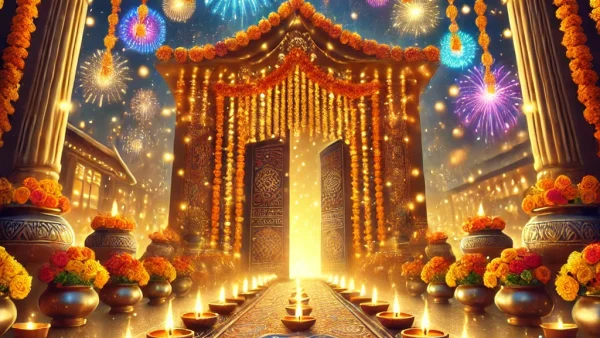
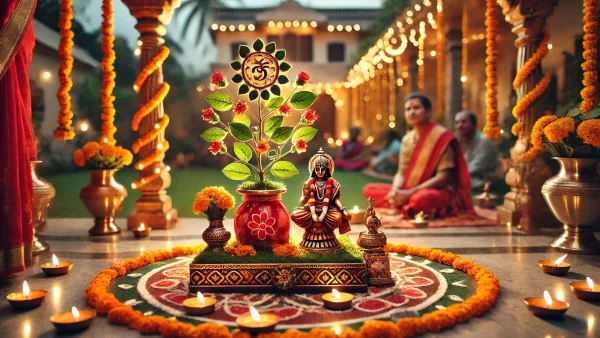
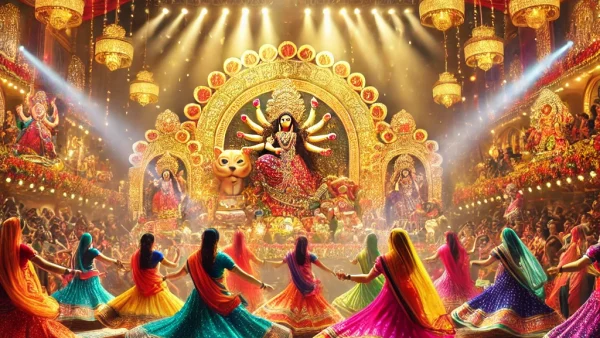
Pingback: Secrets of the Palani Murugar Navapashanam Statue - Dharma Pulse